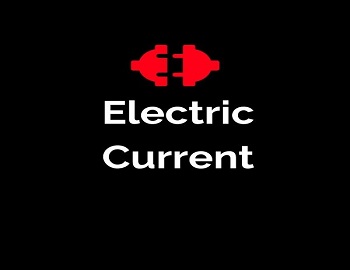Thermionic Emission of Electrons:
Metal in the solid state consists of a large number of atoms that have given up their valency electrons to a common electron gas of freely moving electrons.
These electrons move at random and they do not know to which atoms they belong to. Free electrons of a metal can be liberated from the metal provided they are given a sufficient amount of energy. Usually, the energy is supplied by raising the temperature of the metal. At sufficiently high temperatures, a reasonable number of free electrons are emitted out.
The process of emission of electrons from a hot metal surface is known as thermionic emission.
Most metals emit electrons when they are heated to high temperatures but oxides of barium and strontium etc., emit electrons even when the temperature is not very high.
Characteristics of Thermionic Emission of Electrons:
From detailed experimental and theoretical studies, the following important facts have been found concerning thermionic emission:
(1) Dependence on Temperature- The number of electrons emitted by a metal depends upon the temperature- the higher the temperature, the greater would be the number of electrons emitted per second. No appreciable emission of electrons is observed unless the temperature of the metal is raised to about 1000-3000 K.
(2) Dependence on the Nature of the Emitter- For the same temperature, the number of electrons emitted depends upon the nature of the emitter. Experiments show that pure metals are usually not very good emitters, however, if they are mixed with certain other metals or if their compounds are taken, these become good emitters. For example, pure tungsten has to be heated up to 2500-2800 K to get adequate emission of electrons, however, thoriated tungsten can emit electrons at about 1900 K. The oxides of barium and strontium are capable of emitting an adequate number of electrons even when the temperature is as low as 1150 K.
Two Kinds of Emitters- The electronic tubes using thermionic emission as a source of electrons are called thermionic valves. In thermionic valves, the material which is used for the emission of electrons is called an emitter. The following two types of emitters are used in the thermionic valves.
(1) Directly Heated- In a directly heated emitter, electron emission takes place directly from the heated filament of tungsten or thoriated tungsten. For reasonable emission, the temperature of the tungsten filament should be higher than 2500 K and that of thoriated tungsten above 1900 K.
(2) Indirectly Heated- An indirectly heated emitter consists of a cylindrical sleeve of nickel, coated with oxides of barium and strontium. It is heated by sending an electrical current through an insulated filament of tungsten. Reasonable emission takes place at 1150 K.

Usually, an indirectly heated emitter is preferred because it presents an equipotential surface for the emission of electrons.









Comments (No)